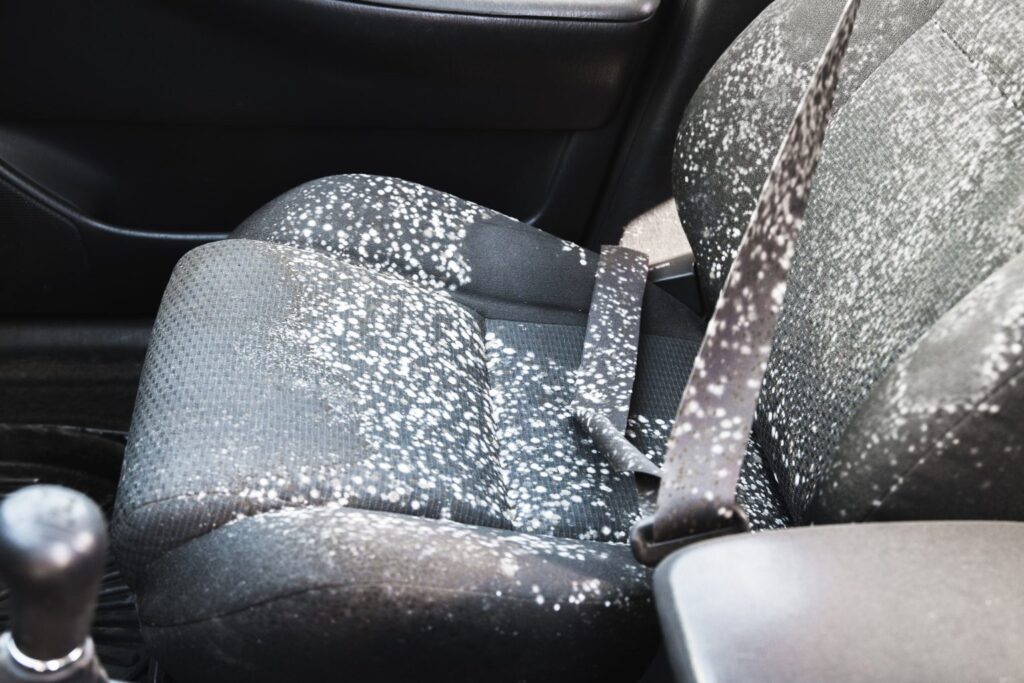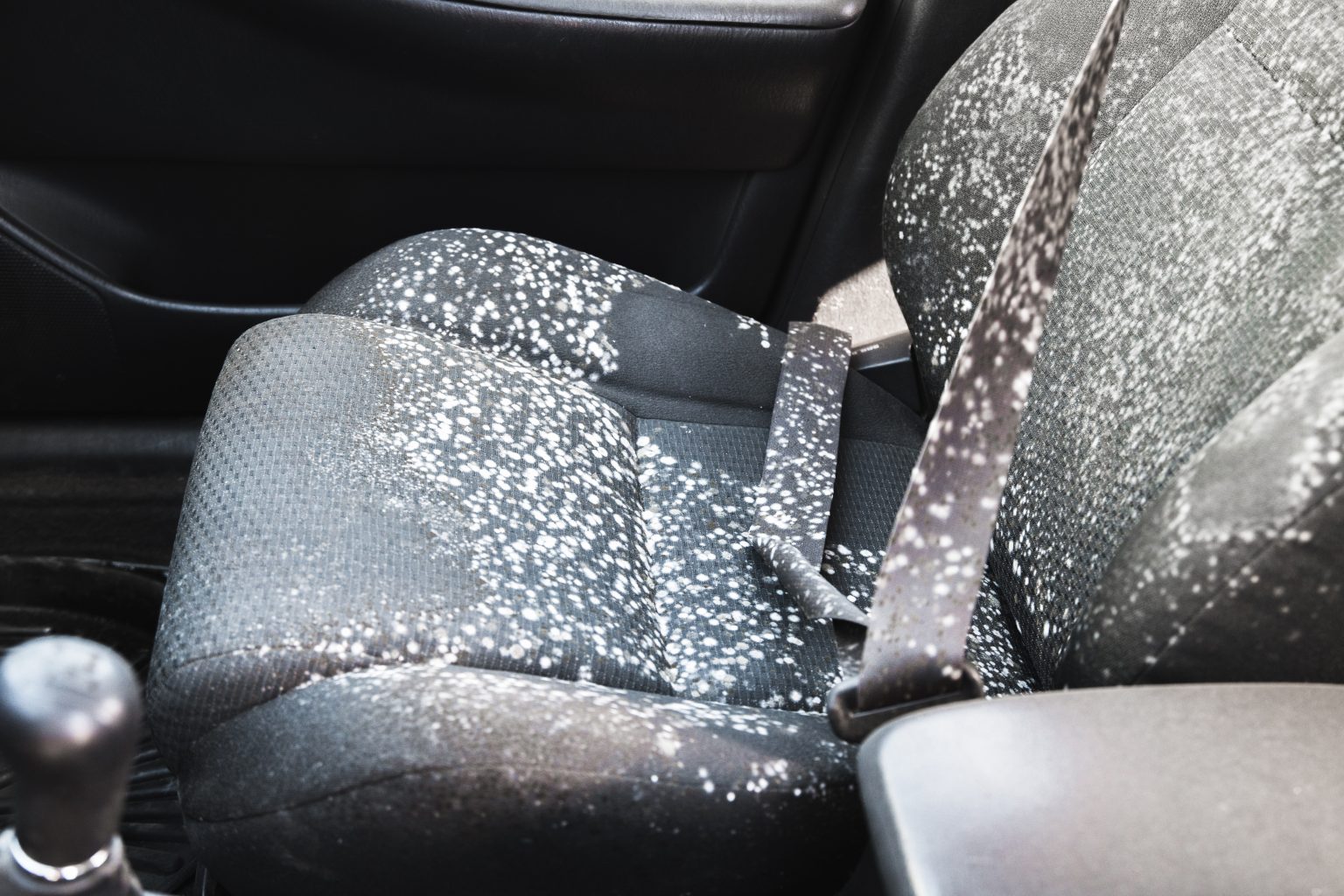
Conquer Leather Mildew: Our Best Solutions for Restoration and Prevention
Leather, with its timeless elegance and durability, is a prized possession. From luxurious leather jackets and handbags to cherished furniture and car interiors, leather adds a touch of sophistication to our lives. However, this natural material is susceptible to a persistent enemy: mildew. This article delves into the challenges of dealing with leather mildew, offering practical solutions for both restoration and prevention, ensuring your leather goods remain pristine and protected. We’ll explore the causes, the dangers, and most importantly, how to conquer leather mildew effectively.
Mildew, a type of fungus, thrives in damp, poorly ventilated environments. It manifests as unsightly, often odorous, patches on the surface of leather. Left unchecked, mildew can not only damage the appearance of leather but also compromise its structural integrity, leading to cracking, discoloration, and even complete disintegration. Understanding the enemy is the first step in any battle. This article equips you with the knowledge and tools necessary to conquer leather mildew and safeguard your valuable leather possessions.
Understanding the Enemy: What is Leather Mildew?
Mildew is a surface fungus that typically appears as a fuzzy, often discolored growth. It’s a common problem in humid environments, but can also occur in areas with poor ventilation or where moisture accumulates. On leather, mildew can appear in various colors, from white and gray to black and green. The color often depends on the specific type of mildew and the environmental conditions.
Mildew thrives in the presence of organic matter, moisture, and a suitable temperature. Leather, being an organic material, provides an ideal breeding ground. The presence of moisture, whether from humidity, spills, or improper storage, further exacerbates the problem. Mildew spores are ubiquitous, floating in the air and waiting for the right conditions to take hold. Therefore, understanding these conditions is vital to conquer leather mildew.
The consequences of untreated mildew on leather extend beyond aesthetics. The fungus releases enzymes that break down the leather fibers, weakening the material over time. This can lead to cracks, tears, and a general deterioration of the leather’s appearance and functionality. Moreover, mildew can also produce allergens and mycotoxins, posing potential health risks to individuals with sensitivities.
Identifying Mildew on Leather: Signs and Symptoms
Early detection is crucial in the fight against mildew. The sooner you identify the problem, the easier it is to address and the less damage it will inflict. Here are some telltale signs of mildew on leather:
- Visible Growth: The most obvious sign is the appearance of fuzzy or discolored patches on the leather surface. These patches can range in color from white and gray to green or black.
- Musty Odor: Mildew often produces a characteristic musty or moldy smell. If your leather item has a persistent unpleasant odor, it could be a sign of mildew growth.
- Discoloration: Mildew can cause discoloration of the leather, leading to uneven patches or a general dulling of the original color.
- Texture Changes: In advanced stages, mildew can affect the texture of the leather, making it feel rough, dry, or even sticky.
- Cracking and Peeling: Prolonged mildew exposure can weaken the leather fibers, leading to cracking, peeling, and eventual disintegration.
If you observe any of these signs, it’s time to take action. Don’t delay; the longer you wait, the more damage the mildew will cause. Addressing the issue promptly is essential to conquer leather mildew effectively.
Restoring Mildew-Affected Leather: Step-by-Step Solutions
If you’ve already discovered mildew on your leather items, don’t despair. With the right approach, you can often restore them to their former glory. Here’s a step-by-step guide to removing mildew from leather:
- Preparation: Before you begin, gather your supplies. You’ll need a soft cloth or sponge, a mild leather cleaner, a specialized mildew remover (check the manufacturer’s recommendations for your specific leather type), a bucket of clean water, and leather conditioner. Ensure you work in a well-ventilated area, preferably outdoors.
- Gentle Cleaning: Begin by gently wiping the affected area with a soft, damp cloth to remove loose mildew spores and debris. Avoid scrubbing too vigorously, as this can damage the leather.
- Mildew Removal: Follow the instructions on your chosen mildew remover. Apply the cleaner to a small, inconspicuous area first to test for colorfastness and any adverse reactions. If the test is successful, apply the cleaner to the mildew-affected areas, allowing it to sit for the recommended time.
- Rinsing: After the cleaner has had time to work, rinse the area thoroughly with clean water, ensuring all traces of the cleaner are removed.
- Drying: Allow the leather to air dry naturally in a well-ventilated area, away from direct sunlight or heat. Avoid using a hairdryer or other heat sources, as this can damage the leather.
- Conditioning: Once the leather is completely dry, apply a high-quality leather conditioner to restore moisture and prevent cracking. This step is crucial to maintain the leather’s suppleness and prevent future mildew growth.
For stubborn mildew, you may need to repeat the cleaning process or consult a professional leather cleaner. Remember that the key to successfully conquer leather mildew is diligence and patience.
Preventing Mildew on Leather: Proactive Measures
Prevention is always better than cure. By taking proactive steps, you can significantly reduce the risk of mildew growth on your leather items. Here are some essential preventive measures:
- Proper Storage: Store your leather items in a cool, dry, and well-ventilated area. Avoid storing them in damp basements, attics, or closets.
- Regular Cleaning: Clean your leather items regularly with a mild leather cleaner to remove dirt, dust, and potential mildew food sources.
- Moisture Control: Use a dehumidifier in areas prone to high humidity to keep the air dry.
- Air Circulation: Ensure adequate air circulation around your leather items. Avoid overcrowding your closet or storing items tightly together.
- Sunlight Exposure: Expose your leather items to sunlight occasionally. This helps to kill mildew spores and prevent their growth. However, avoid prolonged direct sunlight, as it can damage the leather.
- Protective Treatments: Consider applying a leather protectant spray that repels moisture and helps to prevent mildew growth.
By implementing these preventive measures, you can significantly increase the lifespan of your leather goods and avoid the hassle of dealing with mildew. The goal is to conquer leather mildew before it even has a chance to take hold.
Choosing the Right Products for Leather Mildew Removal
The effectiveness of mildew removal often depends on the products you use. There are several options available, each with its own advantages and disadvantages. Choosing the right products can make the difference in how you conquer leather mildew.
- Specialized Mildew Removers: These products are specifically designed to kill mildew and are often the most effective solution. Look for products that are safe for leather and follow the manufacturer’s instructions carefully.
- Mild Leather Cleaners: These are excellent for general cleaning and can help remove loose mildew spores. They are less potent than dedicated mildew removers but are safe for regular use.
- Natural Remedies: Some people swear by natural remedies like vinegar or a solution of water and rubbing alcohol. While these can be effective in some cases, they should be used with caution, as they can potentially damage the leather. Always test in an inconspicuous area first.
- Leather Conditioners: After cleaning, a good leather conditioner is essential to restore moisture and prevent cracking.
When selecting products, always read the labels carefully and choose products that are specifically designed for leather. Avoid harsh chemicals or abrasive cleaners, as these can damage the leather’s surface. Consider consulting a leather care professional for recommendations.
Professional Leather Cleaning: When to Seek Help
While many cases of mildew can be addressed with DIY methods, there are times when professional help is necessary. Here are some situations where you should consider seeking the expertise of a leather cleaning professional:
- Severe Mildew Infestation: If the mildew growth is extensive and has caused significant damage to the leather, a professional cleaner will have the tools and expertise to restore the item.
- Delicate or Antique Leather: Antique or delicate leather items require special care. A professional cleaner can provide the necessary care to prevent further damage.
- Uncertainty: If you are unsure about how to proceed or feel uncomfortable attempting to clean the leather yourself, it’s best to consult a professional.
- Persistent Odor: If the musty odor persists despite your efforts, a professional cleaner can remove the source of the odor and restore the leather’s freshness.
Professional leather cleaners have the knowledge, equipment, and experience to handle complex mildew problems. They can also provide advice on how to prevent future mildew growth. Seeking professional help is a smart move when you want to conquer leather mildew and protect your investment in leather goods.
The Long-Term Care of Leather: Maintaining Its Beauty
Once you’ve successfully removed mildew and restored your leather items, it’s essential to implement a long-term care plan to maintain their beauty and prevent future problems. Here are some tips for ongoing leather care:
- Regular Cleaning: Clean your leather items regularly with a mild leather cleaner to remove dirt, dust, and potential mildew food sources.
- Conditioning: Condition your leather items regularly to keep them supple and prevent cracking. The frequency of conditioning depends on the type of leather and its use.
- Proper Storage: Store your leather items in a cool, dry, and well-ventilated area. Avoid storing them in plastic bags, as this can trap moisture.
- Avoid Harsh Chemicals: Protect your leather items from exposure to harsh chemicals, such as solvents and detergents.
- Professional Cleaning: Consider having your leather items professionally cleaned periodically to maintain their appearance and protect their value.
By following these guidelines, you can ensure that your leather items remain in excellent condition for years to come. Remember, the key to successful leather care is consistent maintenance and proactive measures. This will help you to continue to conquer leather mildew and protect your investment.
Conclusion: Protecting Your Leather Investment
Leather is a valuable material that requires proper care and attention. Mildew is a common threat to leather goods, but with the right knowledge and approach, you can effectively address the problem. This guide has provided you with comprehensive information on how to identify, remove, and prevent mildew on leather. By following the steps outlined in this article, you can protect your leather investments and ensure that they remain beautiful and durable for years to come.
Remember to act promptly if you suspect mildew growth. Early detection and intervention are crucial to minimize damage and prevent the problem from escalating. By understanding the causes, the signs, and the solutions, you can successfully conquer leather mildew and keep your leather items looking their best. Leather care is an ongoing process, but the effort is well worth it to preserve the beauty and value of your leather possessions. The journey to conquer leather mildew requires diligent care and attention, but the results are a testament to your commitment to quality and preservation.
[See also: Related Article Titles]


